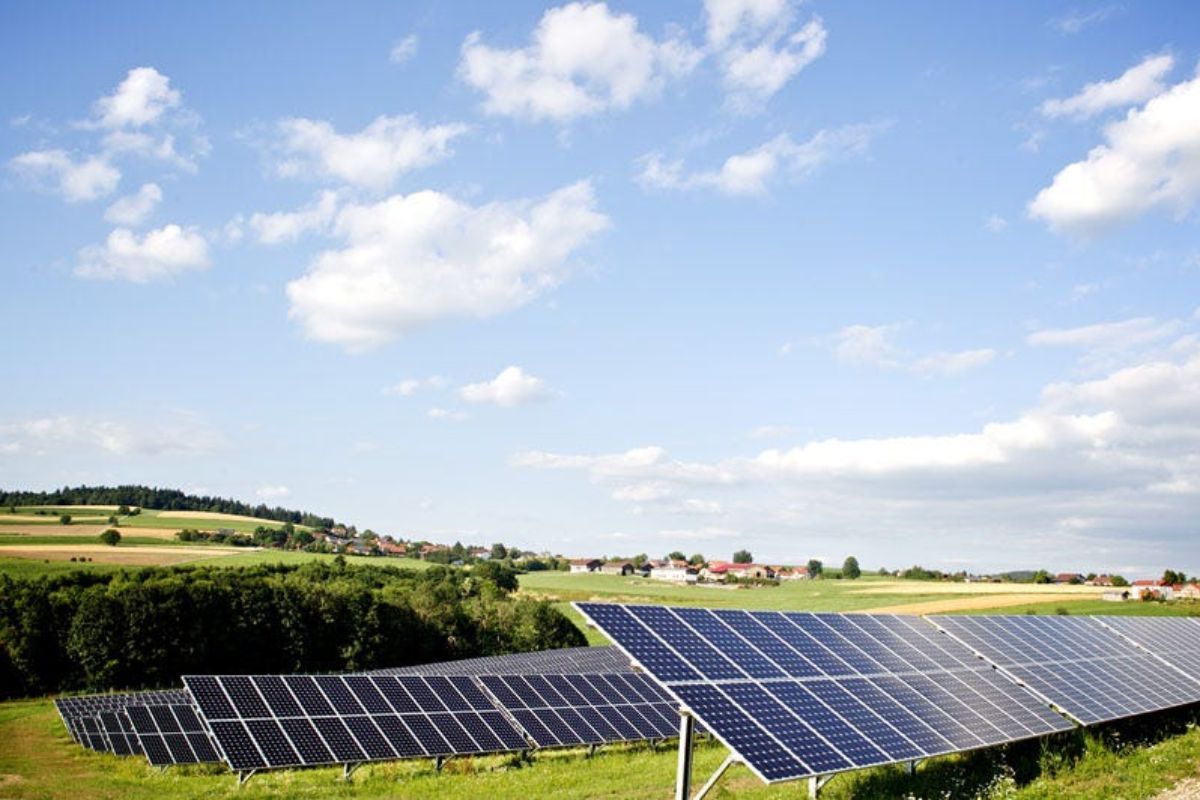Sustainable tourism seeks to develop its activity by generating a minimum impact on the environment. The main key is that the exploitation of a resource is below its renewal limit.
In other words, it is about promoting tourism that is respectful of the ecosystem, with minimal impact on the environment and local culture. In addition, the economic aspect seeks the generation of employment and income for the native population.
What Is Sustainable Tourism?
Sustainable tourism, also called ecological tourism, refers to tourism that is governed by the principles of sustainability, that is, it considers the effects it has now and in the future in order to meet the needs of visitors and generate income. and employment, but causing a low impact on the social environment and the environment that receives this tourism.
Another related term arises from sustainable tourism, solidarity tourism. This tourism is one that considers a way of travelling that is based on the respect of those travellers who do tourism towards other people and places they visit.

In addition, these tourists contribute to the economy of the place through the use of accommodation that is located in places managed by that community, as well as visiting and collaborating in solidarity projects that are developed in the area and the purchase and consumption of local products.
Objectives for sustainable tourism
- Economic: ensuring economic viability for long-term prosperity and benefits.
- Local prosperity: targeting and maximizing the contribution of tourism to the economic prosperity of the host destination.
- Job quality: consists of strengthening the quality of jobs, both qualitatively and numerically. In addition to ensuring the conditions, it is taken into account that there is no discrimination based on race, gender, disability or other forms.
- Social equity: consists of a fair distribution of the wealth generated by tourism throughout the host community.
- Visitor satisfaction: provide a safe and satisfactory experience for all visitors without any type of social discrimination.
- Local control: This is about involving the local population in decision-making concerning the management and future development of tourism in their area.
- Community well-being: maintain and improve the quality of life of the host place. For this, it is necessary to provide these communities with the necessary resources that they may need, both at a logistical level in infrastructures and services. It is essential that this does not imply a degradation or exploitation of the ecosystem or its society.
- Resource efficiency: consists of minimizing the use of scarce and non-renewable resources as much as possible.
- Environmental purity: reduce pollution as much as possible in air, water and land, as well as reduce the generation of waste.
Sustainable tourism in the 2030 Agenda
Tourism is one of the world’s largest industries. The sector accounts for one-tenth of GDP and world employment, according to data provided by the World Tourism Organization and the United Nations World Population Report.
In turn, the forecasts (before the pandemic caused by COVID-19) for 2030 are that the number of travellers will reach 1.8 billion, and for the first time, Asia will become the main market and destination in the world.

This increase is due to demographic growth to reach 8,600 million people in 2030. In addition, 85% of the population will live in emerging economies and the middle class will comprise 5,000 million people worldwide. This population increase is directly related to climate change since its increase causes greater exploitation of natural resources.
Forecasts for 2030 predict that the demand for energy will grow by 50% and water withdrawals by 40%. The effects can have a direct impact on tourist destinations, modifying many of their characteristics.
Why sustainable tourism is important
Tourism activity moves a very large number of people around the world. Undoubtedly, it provides multiple economic benefits where this tourism is received, but it also produces great impacts on the social and natural environment and environment.
Some examples of this damage are the acceleration of climate change, the large amount of harmful waste produced, the loss of natural spaces due to the large influx of people, with the consequent loss of biodiversity, among many other aspects. For all this, sustainable tourism is important.
At the environmental level
- It tries to minimize the impact that occurs on the environment by promoting respect for it and through the responsible consumption of its resources.
- It helps to achieve a development that is balanced and proportionate with the needs of the environment.
- It produces economic benefits from fauna and flora resources that benefit local communities.
Ecotourism at a cultural level
- It contributes to tolerance between people of different cultures, respecting the reality and sociocultural veracity of each of the local communities.
- It promotes activities of maintenance, restoration and preservation of collective or national tourist attractions such as archaeological sites, architectural monuments or any other physical work. With this, it is achieved that these cultural manifestations are valued at multiple local, regional or national levels.
- With all of the above, community self-esteem is encouraged to increase by being attractive to tourists.
Keep Reading
Indian agriculture household earns just Rs. 10,218 in a month: Govt
Post-harvest losses still high, reveals data shared in Lok Sabha
Support us to keep independent environmental journalism alive in India.
Follow Ground Report on X, Instagram and Facebook for environmental and underreported stories from the margins. Give us feedback on our email id greport2018@gmail.com.
Don’t forget to Subscribe to our weekly newsletter, Join our community on WhatsApp, Follow our Youtube Channel for video stories.









